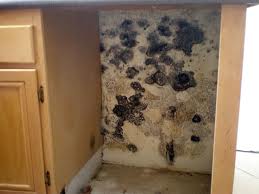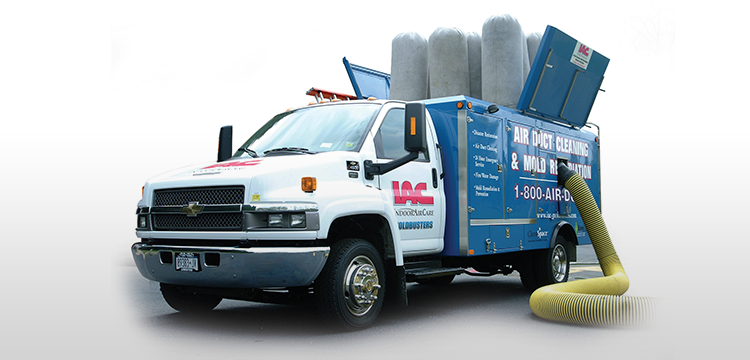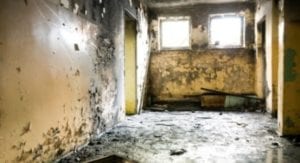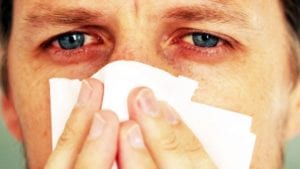Jeffrey Sindone
July 15, 2016

Listen to a mold remediation specialist, mold can grow almost anywhere damp and dark.
When we think of mold problems, we immediately think of damp basements and black gross mold growing on drywall, but mold is insidious and can grow in places where you least expect it.
To get rid of mold, think like a fungus and search out these six moist places where mold likes to grow.
- Chimneys
Brick crevices collect water, dirt, and other organic debris. Rusted chimney caps and faulty flashing let in rain and snow, encouraging mold to grow.
Your best bet is to replace rusted caps and fix flashing. Call a licensed mold removal specialist to remove the mold in your chimneys. To prevent mold, get your chimney cleaned by professional chimney sweep at least once a year.
- Refrigerator Drip Pans
The spaces behind and under your fridge rarely see the light of day, which make them perfect breeding grounds for mold.
To avoid the problem: Make sure all water lines and drip pans are clean and not leaking as even a small leak can lead to a huge mold problem. When you do your spring cleaning, take the extra time to check and clean behind and underneath your refrigerator.
- Front-Loading Washing Machines
The gasket around the door on front-loading washing machines often stays wet because the door is usually closed when not in use. Add some lint to the moisture, and mold happily munches and multiplies.
To help stop the gunk: Wipe the gasket and glass dry before you shut the door. If you spot mold, run a hot water wash with some chlorine bleach (no clothes), which will kill the fungi.
Check behind and underneath your washer and dryer to make sure there are no leaks or source of moisture. Clean out vents and lint traps to prevent mold havens as well as fire hazards.
- Window Sashes and Seals
Condensation from windows provides the moisture mold loves, and the dirt and dust that collect provide the perfect place for the mold to settle.
to fix it: After heavy rains, open windows and wipe moisture from the bottoms of sashes and window sills. Replace any broken seals, and if you notice any water has leaked into the wood and walls, call a professional to see if the problem has caused mold.
- Dishes
Why mold grows there: When you stack dishes that are a little wet and a little cruddy, mold has the perfect environment to grow — especially party platters and dishes you only use for special occasions. Damp dishes go into the wood cabinets where the mold multiplies creating little villages and cities of spores in your cabinets.
To stop it: Run moldy dishes through the dishwasher, and wipe cabinets with a vinegar-soaked rag. Completely dry dishes before you store them.
- Air Conditioners
Air conditioning units trap dust and pollen (a good meal for mold) and grab moisture from the air. If you don’t run your AC unit at least every 24 hours in warm weather, humidity in your house climbs and mold may grow in AC ducts and drain pans, and on coils.
Drip pans and drainage hoses on window units can leak causing mold to grow into the window sill and dry wall.
To stop the mold:
If mold grows in your central air conditioning unit, you’ll have to hire a mold remediation pro to clean out the system. If mold shows up in a window AC unit, remove the front plate, clean the blower with a HEPA filter vacuum, and flush out the coils and clean the drain pan with a 1:1 solution of bleach and water.
Of course, prevention is the best remedy. Keep drainage hoses away from the walls and make sure they aren’t leaking into the window. Run your AC for at least 10 minutes every day to keep air circulating when it’s hot and humid outside, and keep the humidity in your home below 55%.











